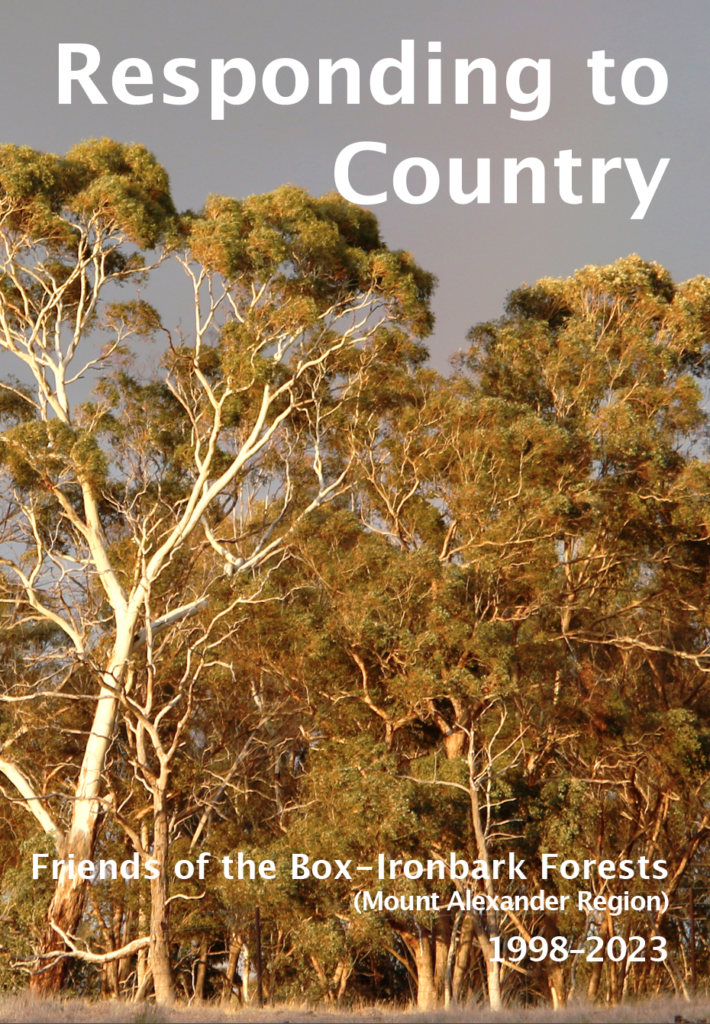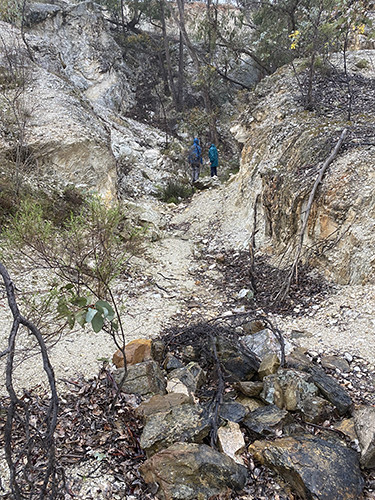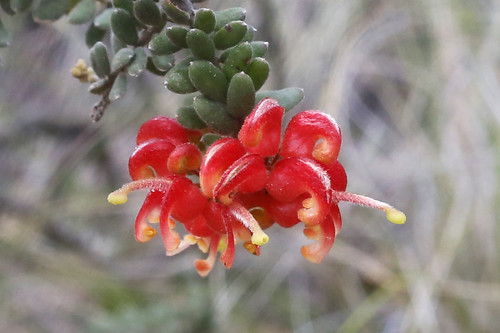This year Golden Point Landcare has been coordinating a project involving weed control, site preparation and revegetation works being undertaken by 7 Landcare and Friends Of groups along Forest Creek and its catchments, through funding from the Australian Government’s Caring for Our Country. The works are based on the Forest Creek Action Plan, and through a Community Action Grant, aim to enhance the natural regeneration of endangered Creekline Grassy Woodlands and create habitat connectivity.
Some planting events have happened…
Victoria Gully has had two exclusion plots constructed and these have already been planted out with part of their plant order. Chewton Landcare is doing ongoing planting. Contact Rod Willaton if you’d like to join them on Whitehorse Gully at Chewton. (Ph 5472 3025)
POHAG‘splanting took place last Sunday on the northern side of the old tip site and similarly Castlemaine Landcare planted last Sunday, coinciding with National Tree planting Day.
Friends of Kalimna Park used funds to do weed control works earlier in the year.
But one great morning of planting is on this Sunday!!! Join us…
Golden Point Landcare and FOBIF are planting THIS Sunday August 4th, on Forest Creek, south of the Welsh Street bridge (opposite ‘The Terraces’, Golden Point Road approximately 3kms from the Pyrennees Hwy turnoff, Chewton). 9.30am starting time until noon, bring morning tea. We will have the trailer so no equipment required.
We have 800 shrubs, sedges and grasses to put along the Forest creek streamside so we would love you to join us. This is a very child friendly event (if you don’t mind getting wet!!)
For more info: Jennifer Pryce Golden Point Landcare 0423 900 590

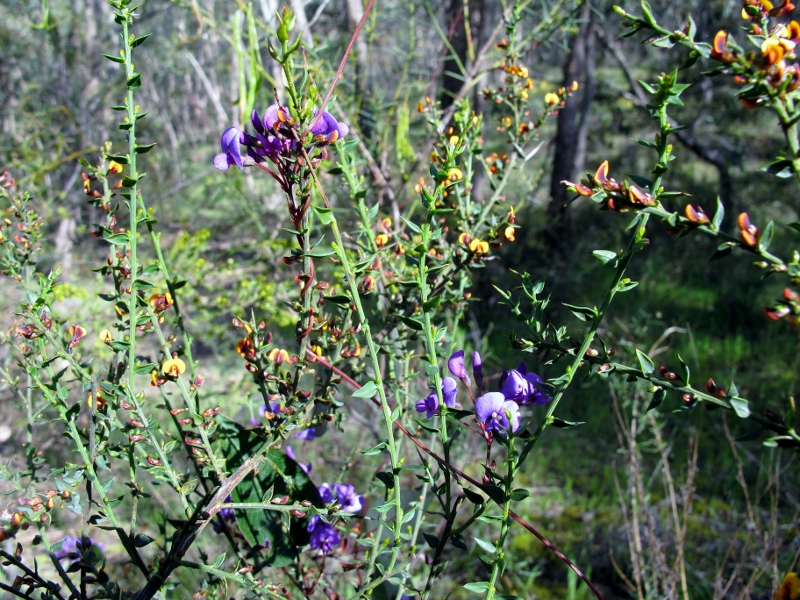
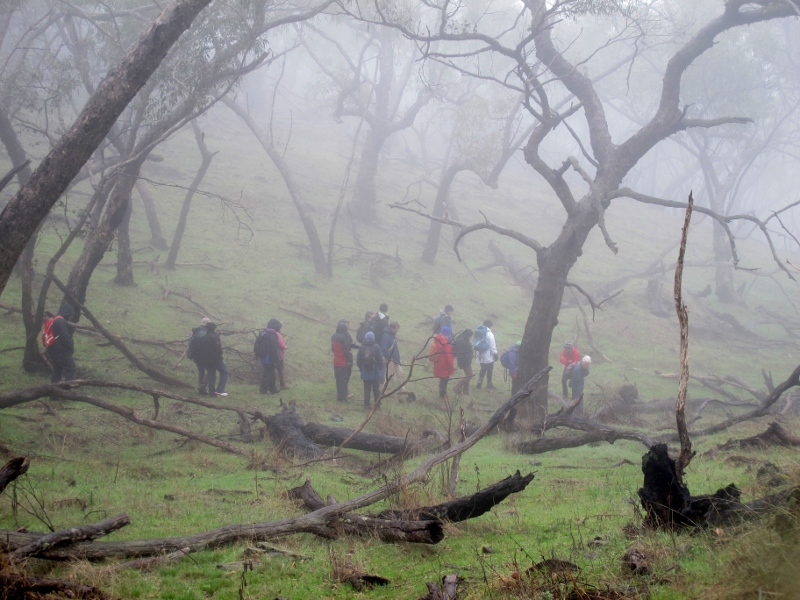
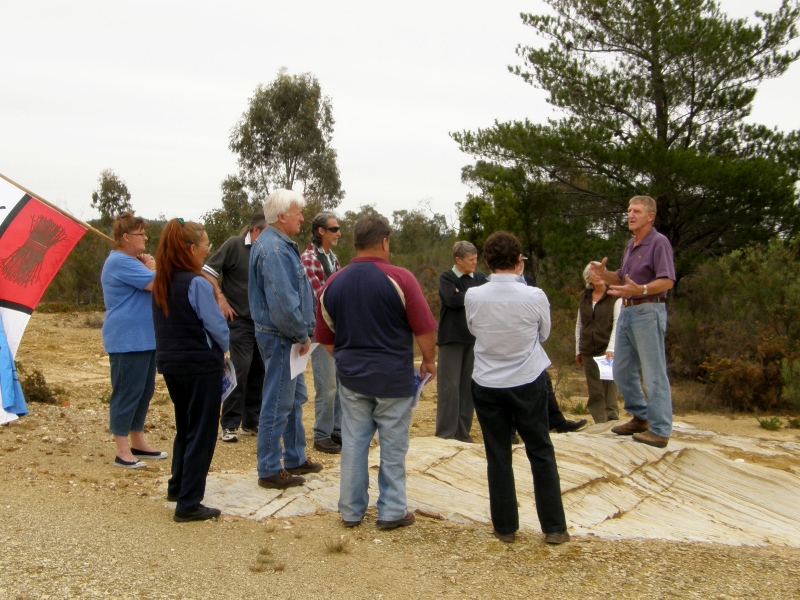
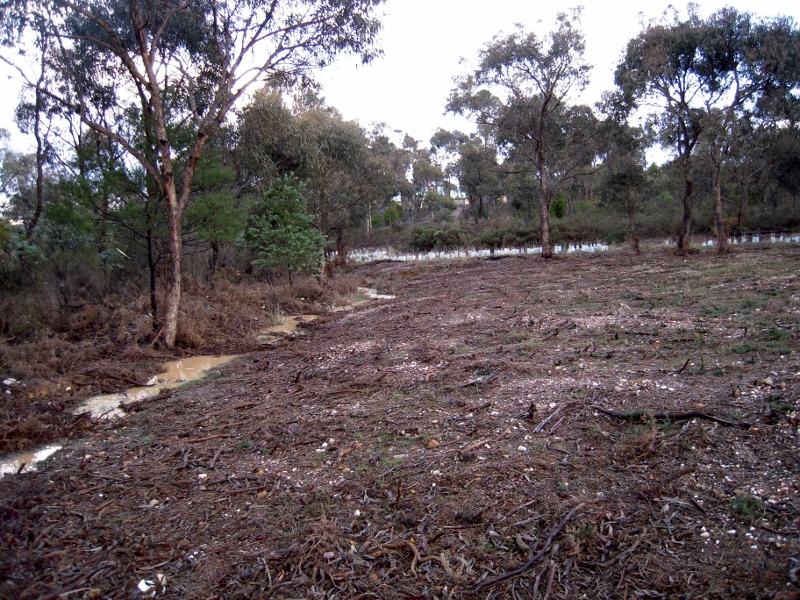
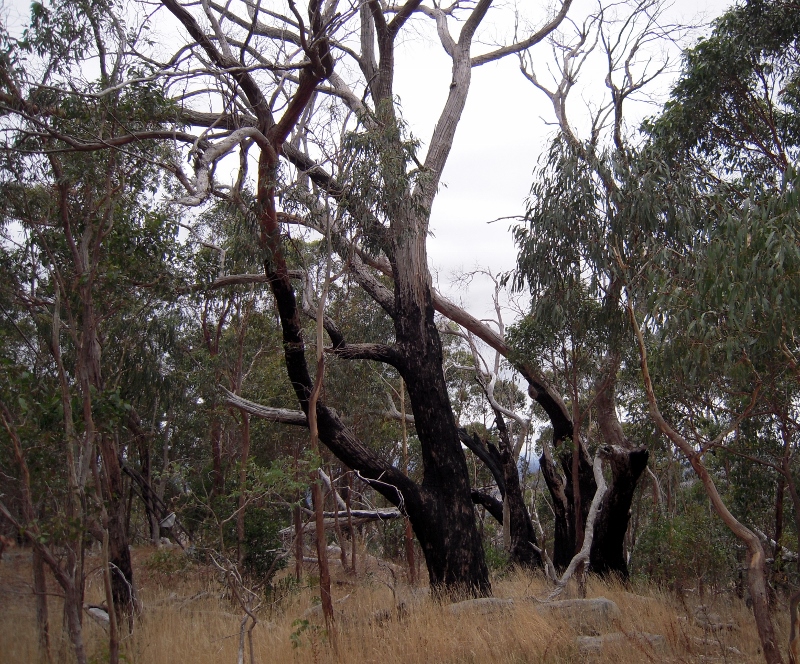
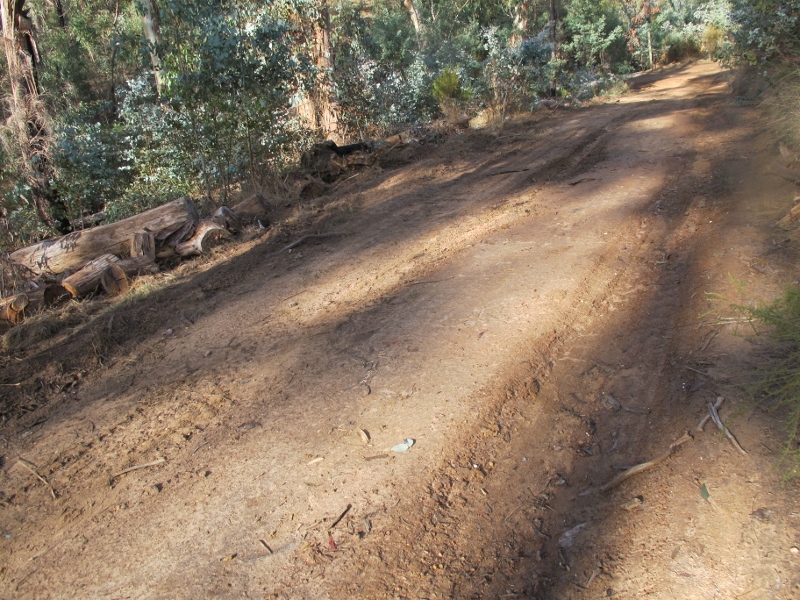
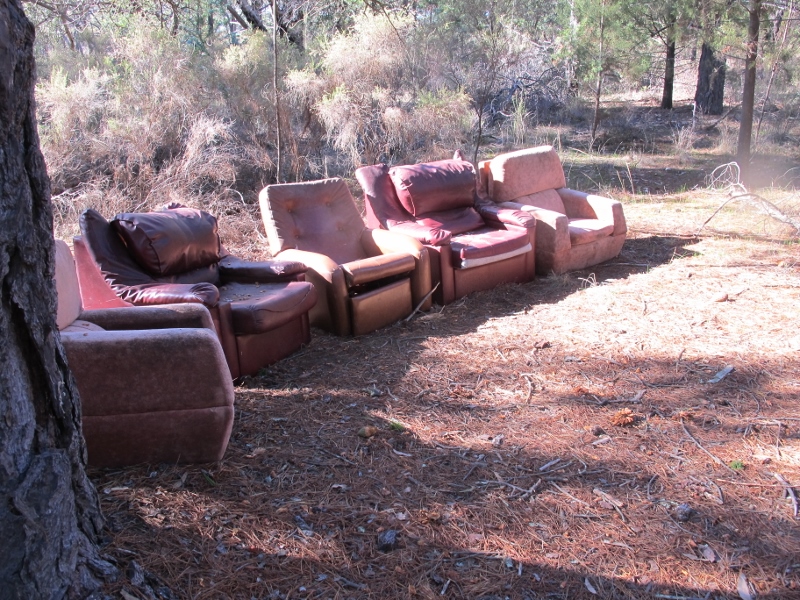
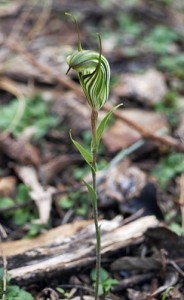
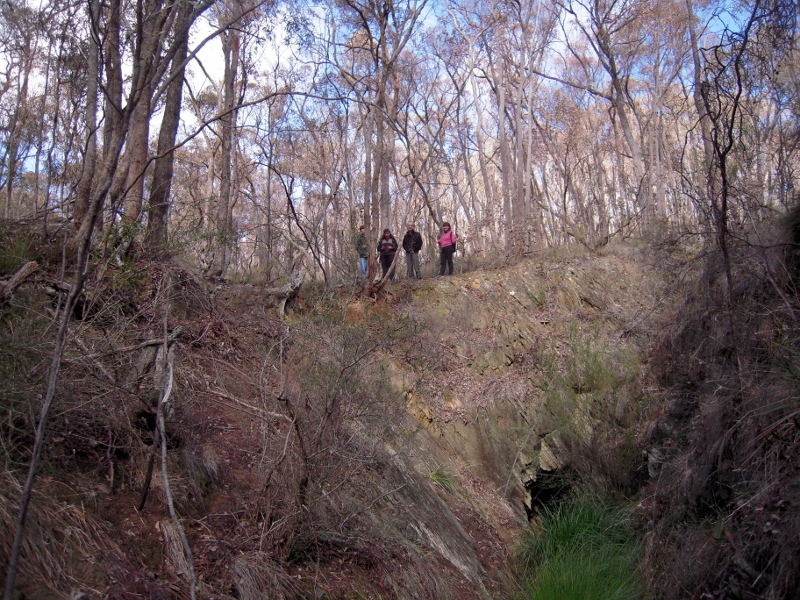

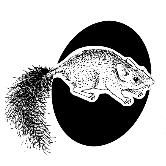
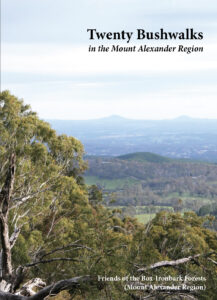
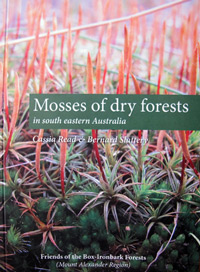 Click on image for info/order page
Click on image for info/order page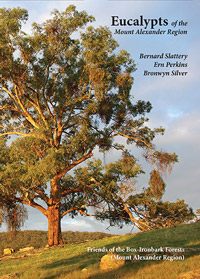 Click on image for info/order page
Click on image for info/order page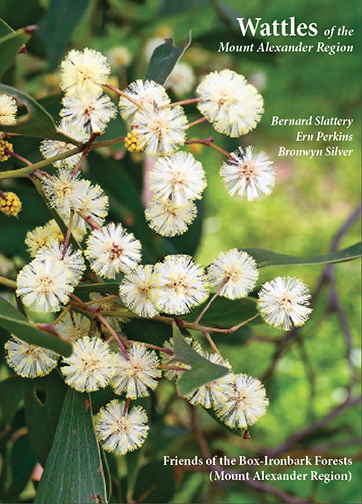 Click on image for info/order page
Click on image for info/order page
